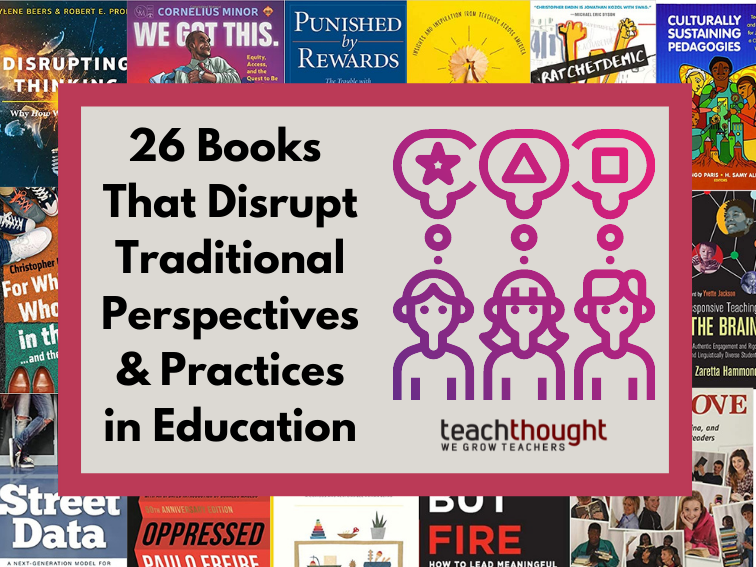
What Does It Mean to ‘Disrupt’ Tradition in Education?
When you hear the word ‘disrupt,’ do you associate it with a positive or negative connotation?
Naturally, there are some forces we probably don’t want to disrupt (i.e., gravity, respiration, the space-time continuum, sleeping bears) because they are imperative for our survival. But other forces — almost always designed by humans — inherently necessitate a periodic disruption. As thinking, learning, technology, industry, and culture evolve, so must the greater institutions of school and the legal system and the economy look inward to reflect upon the following:
- Are we fulfilling our stated and intended purposes for all stakeholders to the best of our abilities?
- What perspectives might we maintain, or practices might we conduct, that are detrimental to our purposes?
- How might we redesign our purposes, perspectives, or practices to contribute to better individual and collective wellbeing?
We don’t mean to set up a dichotomy where the traditional is pitted against the disruptive. What we’re interested in, at TeachThought, is thinking critically in order to improve teaching and learning for all stakeholders in education today. This process inevitably draws upon what emerged as ‘traditional’ through research, and we recognize that what was once considered ‘disruptive’ is now regarded as ‘traditional.’ For example, ‘traditional’ perspectives, held not so long ago, maintained that schools should be racially segregated. Activists and policies stemming from the Civil Rights Era helped turn integrated schools into a tradition of American education (at least, on paper…). Today, traditional practices like lecturing are being replaced by more student-centered approaches to instruction.
See also 25 Books About Social Justice
Disruptions are not always meant to cause chaos or trouble, but are often associated with those descriptors because (1) they essentially short-circuit the patterns we have been running on for a long time, and as pattern-seeking creatures, that causes alarms to go off; and, (2) people often believe that all change requires erasure of the traditional, when this is hardly the case. Ultimately, support for change comes down to values, and values are often set up in binary form: progress or regression, liberal or conservative, integrated or distinct, teacher-centered or student-centered. Perhaps what disruption truly strives to do, by ‘poking’ at the traditional, is to make us question our human tendency to restrict ourselves to ‘either-or’ scenarios, when in reality, the possibilities for growth are way more complex.
The 26 books that follow seek to do just that — to compel us, as educators, to observe our perspectives, practices, and purposes from a different viewpoint, to analyze their origins, evaluate their efficacies, and make adjustments that support students in the best way possible. We’re surely missing some exemplars here — feel free to ‘disrupt’ our list by sharing the texts or authors that have helped you make essential transitions in your teaching and treatment of students.
Disclosure: This post contains affiliate links to products. As an Amazon Associate, I earn from qualifying purchases. Read more about our policy here.
26 Books That Disrupt Traditional Perspectives & Practices in Education
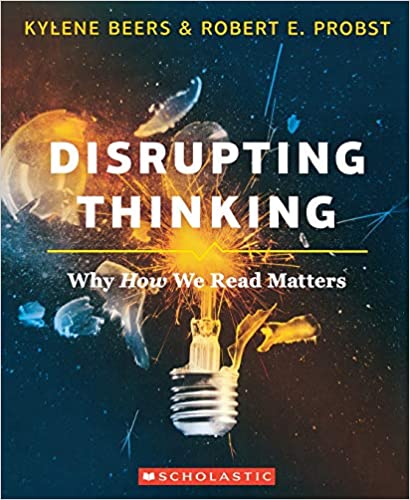
Disrupting Thinking by Kylene Beers & Bob Probst
Students are increasingly disengaged with reading. Rather than assigning blame to students and decrying the popularity of social media and video games, Beers and Probst suggest that schools are misrepresenting the purpose of reading. They go on to describe strategies for helping teachers encourage responsive reading in examples like Book-Head-Heart:
- Book — ‘good readers’ consider what the book is about, who is narrating the story, and what the author wants the reader to know
- Head — ‘good readers’ ask what surprised them while reading, what assumptions the author makes of the reader, what challenges the reader’s thinking, etc.
- Heart — ‘good readers’ share what theyy learned from reading, how it will help them be better, how a book made them feel, and what lessons they took to heart
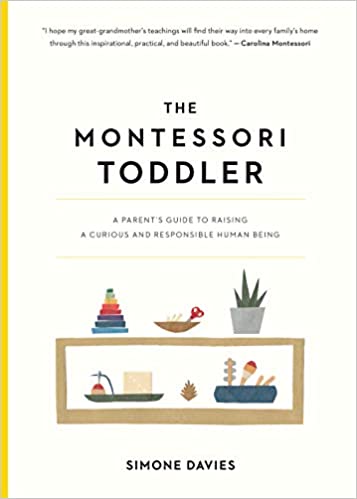
The Montessori Toddler: A Parent’s Guide to Raising a Curious and Responsible Human Being by Simone Davies
Simone Davies draws up Dr. Maria Montessori’s principles to design a home that feeds your child’s natural curiosity. She expands on other considerations, such as how to respond when your child is out of composure, how to eliminate chaos in the home, how to raise inquisitive learners through Montessori activities. When setting appropriate limits, Davies helps us determine if they are formed out of love for your child:
- Get down to their level
- Use a clear and loving voice
- Manage your own anger first
- Give respect and understanding if your child is sad or frustrated
- Be present to hold them or keep them safe is they lose control
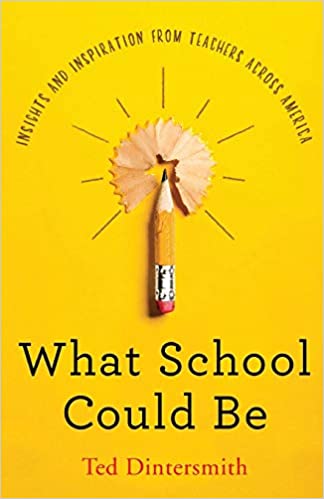
What School Could Be by Ted Dintersmith
Education expert Ted Dintersmith has visited all fifty states in an effort to urge schools and districts to reimagine education. Here, Dintersmith shares anecdotes from his adventures — moments when students are engaged, responsible, and thinking critically — and a model for how schools can achieve cultures that better prepare students for career and citizenship demands of a constantly innovating world.
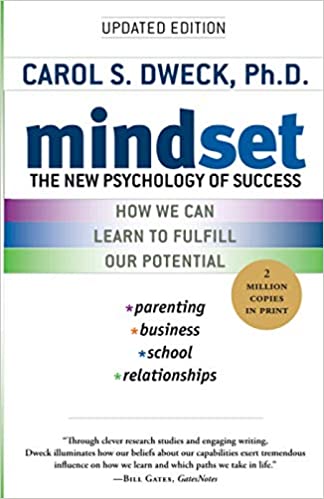
Mindset: The New Psychology of Success by Dr. Carol S. Dweck
Dr. Carol Dweck is the pioneer behind the concept of growth mindset — the belief that our abilities are not fixed and that they can be developed. Dweck explains how those with fixed mindsets are less likely to flourish in school and society than those who are able to cultivate a growth mindset. A few distinctions are made:
- Fixed mindsets avoid challenges or give up easily, whereas growth mindsets persevere when they encounter failure
- Fixed mindsets feel threatened by others’ success, where growth mindsets see how others applied effort to reach success
- Fixed mindsets ignore feedback while growth mindsets accept criticism
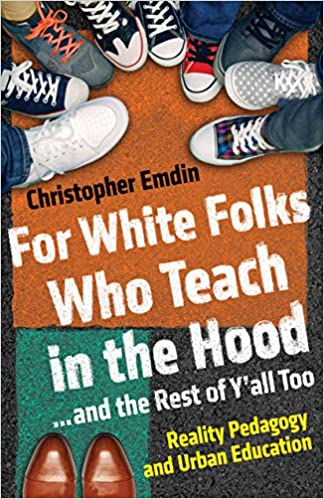
For White Folks Who Teach in the Hood…and the Rest of Y’all Too: Reality Pedagogy and Urban Education by Dr. Christopher Emdin
Dr. Emdin quickly addresses harmful perspectives in urban education, namely: (1) the belief that students need to be ‘cleaned up’ assumes that they are ‘dirty,’ and (2) the stated goal of ‘giving them a better life’ indicates that their current life is without value, and that they can only achieve a better life through association with the majority. Emdin’s conception of reality pedagogy “allows for youth to reveal how and where teaching and learning practices have wounded them…focuses on open discourse about where students are academically, psychologically, and emotionally…perceives every individual as having a distinct perspective and gives them the opportunity to express that in the classroom.” Emdin’s reality pedagogy is informed by the 5 C’s, which he explains in further detail: cogenerative dialogues, coteaching, cosmopolitanism, context and content, and competition.
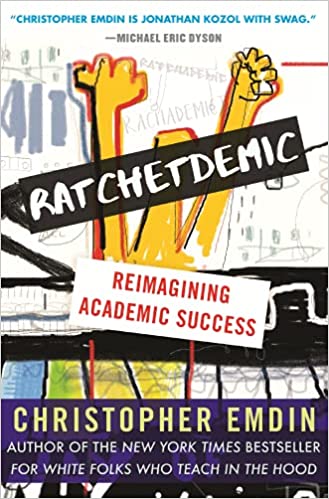
Ratchetdemic: Reimagining Academic Success by Dr. Christopher Emdin
In the follow-up to his first book, Dr. Emdin introduces an educational model to help students and teachers celebrate ‘ratchet identity’ in the classroom. Emdin defines ratchet identity as “embodying of negative characteristics associated with lowbrow culture, often through to be possessed by people of a particular ethnic, racial, or socioeconomic status” and argues that being ‘ratchetdemic’ (ratchet and academic) can motivate students to embrace their identities, knowledge, experience, skill sets, and education as parts of a whole (versus disparate identities).
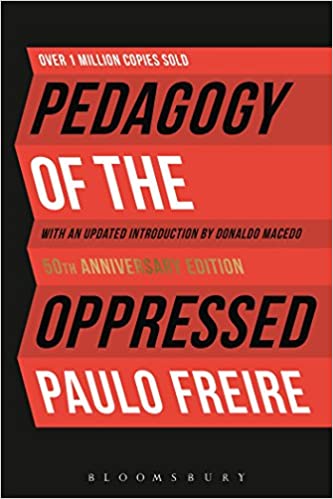
Pedagogy of the Oppressed by Paulo Freire
An essential text for all teachers across all generations, grade levels, content areas, and expertise — Paulo Freire is a pioneer of replacing the ‘sage on the stage’ lecture approach to instruction with more student-centered, equitable practices. In the Pedagogy of the Oppressed, he decries the ‘banking model’ of education, in which “knowledge is a gift bestowed by those who consider themselves knowledgeable upon those who they consider to know nothing. Projecting an absolute ignorance onto others, a characteristic of the ideology of oppression, negates education and knowledge as processes of inquiry.” Instead, Freire demands, “Education must begin with the solution of the teacher-student contradiction, by reconciling the poles of the contradiction so that both are simultaneously teachers and students.”
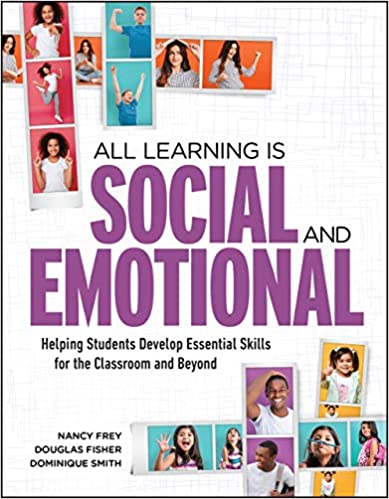
All Learning is Social and Emotional: Helping Students Develop Essential Skills for the Classroom and Beyond by Nancy Frey, Douglas Fisher & Dominique Smith
Social emotional learning is not merely a garnish on top of a fully-baked curriculum. Frey, Fisher, and Smith reveal how all learning is social and emotional and work through a toolbox of strategies that address 33 SEL competencies, including:
- Overcoming challenges
- Promoting cognitive regulation
- Fostering social skills
- Repairing relationships
- Becoming informed citizens
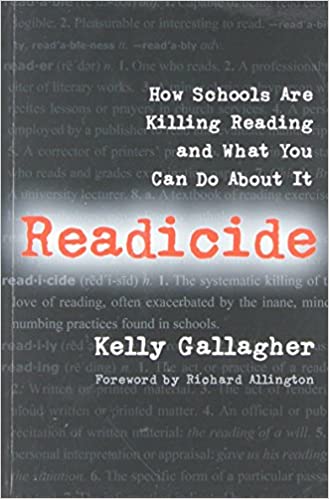
Readicide: How Schools Are Killing Reading and What You Can Do About It by Kelly Gallagher
Readicide: the systematic killing of the love of reading, often exacerbated by the inane, mind-numbing practices found in schools.
Kelly Gallagher takes no prisoners in naming the ‘criminals’ that abet in readicide:
- Schools value strong test-takers over strong readers
- Schools limit and restrict authentic reading experiences
- Teachers are too focused on teaching books (and the same ones, at that)
- Teachers are not focused enough on exposing students to different genres, formats, and ways to think and engage with reading
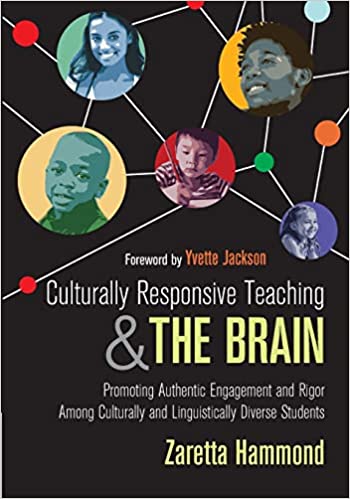
Culturally Responsive Teaching and the Brain: Promoting Authentic Engagement and Rigor Among Culturally and Linguistically Diverse Students by Zaretta Hammond
Culturally responsive teaching (CRT) has been proposed as a framework for maximizing student engagement in order to reduce the achievement gap. Hammond explains CRT as a means of helping culturally and linguistically diverse students — who have been historically marginalized in schools — build their skill and capacity to do rigorous work through improving their brainpower and information processing abilities. CRT is based upon the following pillars:
- Positive, asset-based perspectives on parents, families, and communities
- Communication of high expectations of students
- Learning within a relevant context of culture
- Student-centered instruction
- Culturally mediated instruction
- Reshaping the curriculum
- Positioning the teacher as facilitator
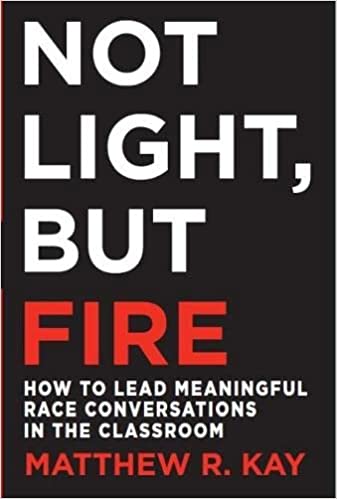
Not Light but Fire: How to Lead Meaningful Race Conversations in the Classroom by Matthew R. Kay
Matthew Kay demonstrates how hclassrooms are one of the safest and best places to engage in difficult conversations related to race. In this book, Kay offers guidance for teachers on how to distinguish between meaningful and trivial race conversations, how to build (versus merely to signal) safe spaces, how to integrate race conversations with urgency and purpose into content, and how administrators can support teachers in sustaining these conversations.
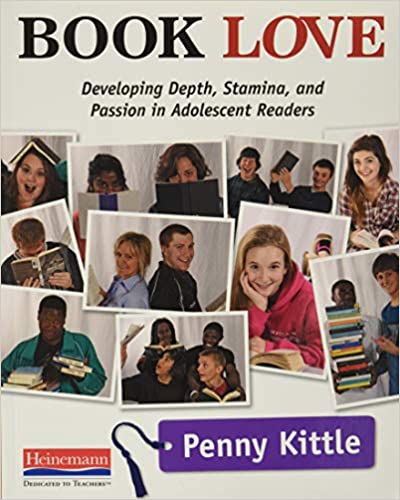
Book Love: Developing Depth, Stamina, and Passion in Adolescent Readers by Penny Kittle
Penny Kittle understands why our high school graduates have dwindling interest in reading, and how we lose as a society because of it. Here, Kittle tackles growing student disinterest by illuminating how when we expose students to books that they find interesting, relevant, and accessible, and give them time to read independently and respond to their thinking, we can create readers who increase the types, complexity, and frequency of books read over time. Our TeachThought greatest takeaway is how Kittle utilizes reading conferences to build relationships with students, prompt higher-level thinking, help them make connections to content, and sustain conversations about their reading over time.
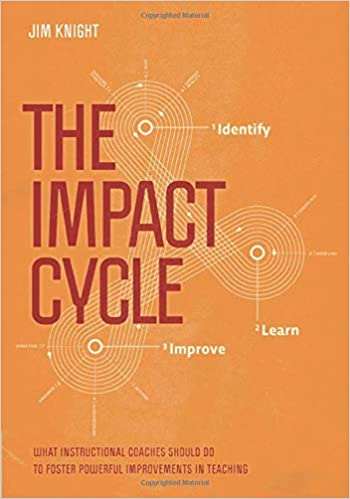
The Impact Cycle: What Instructional Coaches Should Do to Foster Powerful Improvements in Teaching by Jim Knight
While more and more schools are adding instructional coach positions to their staff, there is often a lack of clarity regarding how that person should be interact with teachers in order to improve teaching and learning so that students become more successful. Jim Knight lays out the framework for the most effective approach to date by positioning teachers as equal partners in collaboration and employing high-impact actions within a coaching cycle. In Knight’s Impact Cycle, top-down approaches are reoriented through a partnership lens. For example, compliance is replaced by commitment, constructive feedback is replaced by dialogue, and teachers become accountable to their students (rather than their leaders).
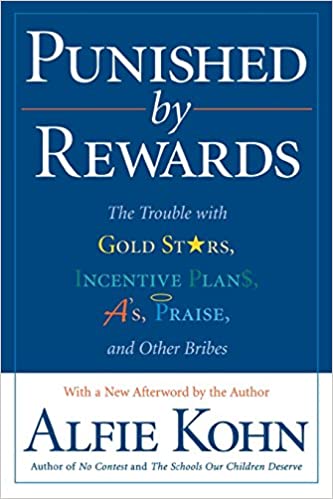
Punished by Rewards: The Trouble with Gold Stars, Incentive Plans, A’s, Praise, and Other Bribes by Alfie Kohn
Alfie Kohn disrupts the trend of using rewards in the classroom, arguing that external incentives (like candy, extra points, and other prizes and privileges) actually have a negative impact on student engagement. How do rewards punish, exactly? According to Kohn: “Rewards are every bit as controlling as punishments. If reward recipients feel controlled, it is likely that they experience will assume a punitive quality over the long run, even though obtaining the reward itself is usually pleasurable.” Additionally, “Some people do not get the rewards they were hoping to get, and the effect of this is, in practice, indistinguishable from punishment.” Kohn concludes by offering myriad alternatives to spark implicit motivation, which is more positively correlated with student learning and engagement.
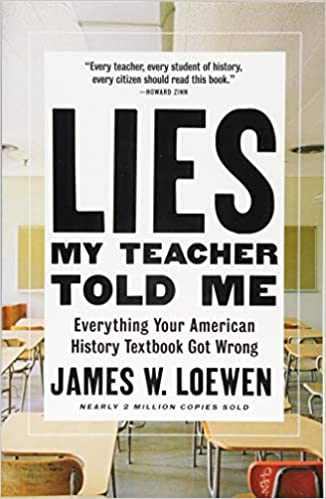
Lies My Teacher Told Me: Everything Your American History Textbook Got Wrong by James Loewen
Professor James Loewen believes that Americans have lost touch with their history. After conduct a survey on 18 top high school American History textbooks, Loewen unpacks how they fail to make history interesting or noteworthy. Check out a few of the chapters in which Loewen disrupts a narrow focus on blind patriotism, mindless optimism, misinformation, and outright lies:
- Handicapped by History: The Process of Hero-making
- “Gone With the Wind”: The Invisibility of Racism in American History Textbooks
- John Brown and Abraham Lincoln: The Invisibility of Antiracism in American History Textbooks
- Watching Big Brother: What Textbooks Teach About the Federal Government
- See No Evil: Choosing Not to Look at the War in Vietnam
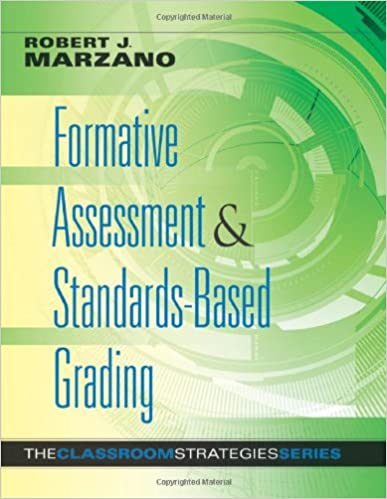
Formative Assessment and Standards-Based Grading: The Classroom Strategies Series (Classroom Strategies That Work) by Dr. Robert J. Marzano
Dr. Robert Marzano has written over 30 books and over 150 articles on instruction, assessment, and critical thinking. This ultimate assessment guide draws from up-to-date research and theory to propose how formative assessments can be implemented in the classroom via a new scale that is sorely needed: standards-based grading. Marzano delves into how to design different types of standards-based assessments, track student progress, and grade and report feedback to students. Concepts are supplemented with real-life, detailed examples from teachers in various subject areas applying the concepts to their classes.
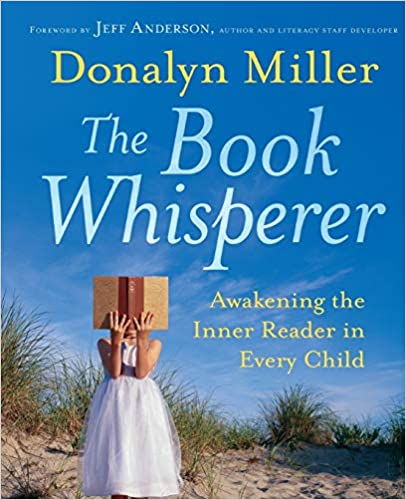
The Book Whisperer: Awakening the Inner Reader in Every Child by Donalyn Miller
When Donalyn Miller says she has yet to meet a child she could not turn into a reader, we’ll take her word for it. Her books is full of gifts to teachers, including key components of a reading workshop, reading interest inventories, elementary school read-aloud favorites, and empowering alternatives for traditional practices in reading:
- Teaching readers versus teaching whole-class novels
- Assigning book commercials or book review summative assessments versus book reports and reading comprehension tests
- Exploring substitutes for traditional oral reading practices (like round-robin and popcorn-style)
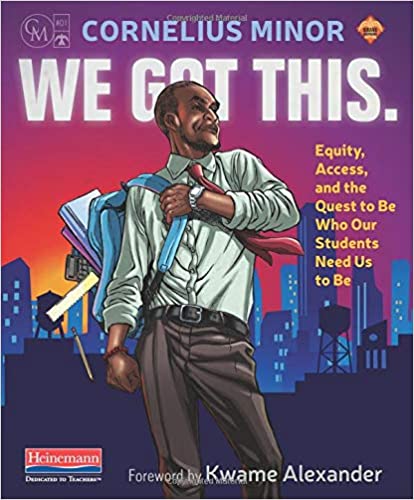
We Got This: Equity, Access, and the Quest to Be Who Our Students Need Us to Be by Cornelius Minor
According to Cornelius Minor, a teacher’s ability to authentically listen to students is their greatest superpower. Here, he offers many empowering strategies to disrupt the status quo in your classes. For Minor, teachers can disrupt the systems that currently govern their classroom by:
- Questioning the rules, policies, procedures, practices, and customs that define its culture
- Identifying classroom groups that consistently benefit less from the status quo
- Changing the way school is ‘done’ so students in those groups have more opportunities to succeed
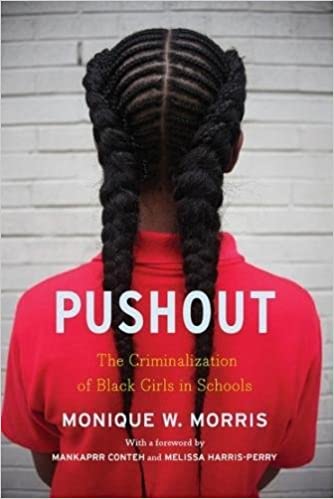
Pushout: The Criminalization of Black Girls in Schools by Monique Morris
Black girls are currently the fastest growing population in the juvenile justice system. Where does this disparity stem? Monique Morris takes readers on the historical journey of Black girls in America, as they’ve been misunderstood, misjudged, marginalized and maligned by the institutions, like school, that are supposed to help them thrive. A 2019 documentary with the same title documents this phenomenon at the educational, judicial, and societal levels.
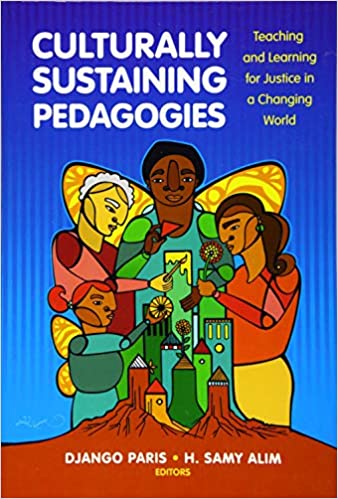
Culturally Sustaining Pedagogies: Teaching and Learning for Justice in a Changing World edited by Django Paris & H. Samy Alim
According to the editors, culturally sustaining pedagogy (CSP) is teaching that “perpetuates and fosters linguistic, literate, and cultural pluralism as part of schooling for positive social transformation.” This compendium of essays from some of the preeminent scholars of CSP presents theoretically grounded examples of how teachers and education leaders can support historically marginalized students in the classroom.
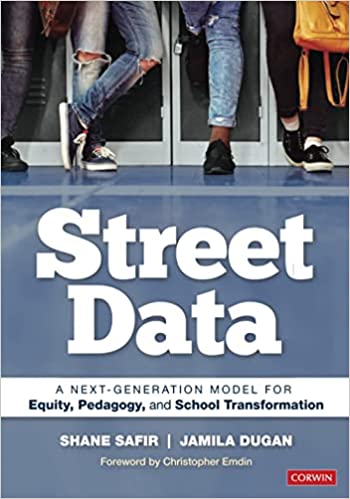
Street Data: A Next-Generation Model for Equity, Pedagogy, and School Transformation by Shane Safir & Jamila Dugan
One of the most recent publications on this list, Safir and Dugan break down how to collect ‘street data’ — which the authors refer to as “the qualitative and experiential data that emerges at eye level and on lower frequencies when we train our brains to discern it.” Street data gives schools a more clear idea of their abilities and progress. Instead of consulting standardized tests, schools, students, teachers, parents, and other stakeholders who spend time with the student collaborate to empower the student with agency and view their experience through an asset-based lens.
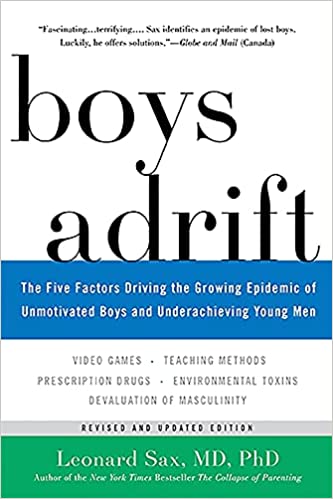
Boys Adrift: The Five Factors Driving the Growing Epidemic of Unmotivated Boys and Underachieving Young Men by Leonard Sax
Sax provides insights into the 21st-century phenomenon that is a decline in resilience, ambition, college attendance, and college graduation rates among American boys, compared to several decades ago. Sax identities the five factors that may contribute to this decline: changes in education, video games, ADHD medication, environmental toxins, and a loss of positive adult role models. Moving beyond outlining the problem, Sax goes on to present practical solutions for re-engaging boys at the school level.
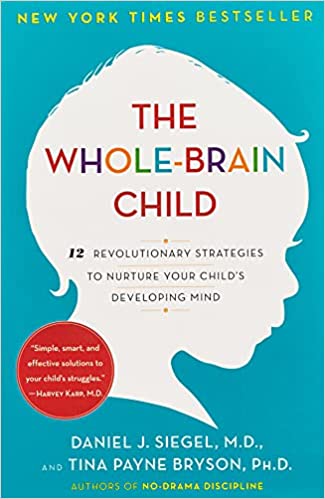
The Whole Brain Child: 12 Revolutionary Strategies to Nurture Your Child’s Developing Mind by Dr. Daniel J. Siegel & Dr. Tina Payne Bryson
Dr. Dan Siegel is a pioneer of interpersonal neurobiology. Here, with Dr. Bryson, the authors explain how children’s brains are wired and how they develop. Geared to parents, but relevant for teachers, the authors’ strategies can help understand the rationale behind student outbursts, shutdowns, or incongruencies. Research-based strategies include using left-brain storytelling to help children understand what’s upsetting them and feel a sense of control, practicing problem-solving and considering other’s feelings, using the mind’s ‘remote control’ to press pause, rewind, and fast forward when narrating impactful experiences, and helping children understand that negative emotions are like clouds — real, but temporary.
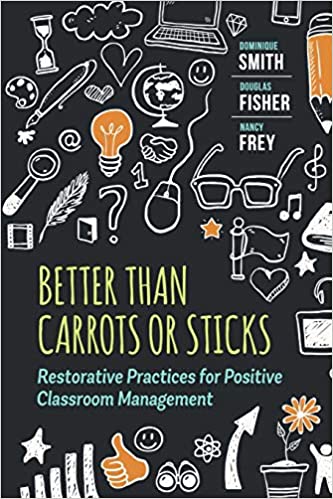
Better Than Carrots or Sticks: Restorative Practices for Positive Classroom Management by Dominique Smith, Douglas Fisher & Nancy Frey
Smith, Fisher & Frey disrupt traditional (punitive-centered) classroom management practices on their heads and offer a guide for creating a classroom culture where students and teachers strive to work through behavioral challenges together. The authors use responses from students, regarding what they want in a teacher, to frame their discussion about the importance of setting relationship-building procedures in the classroom.
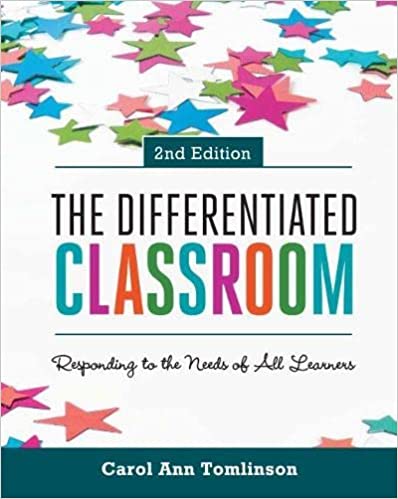
The Differentiated Classroom: Responding to the Needs of All Learners by Carol Ann Tomlinson
Carol Ann Tomlinson — teacher, professor, and author of over 300 education-focused books — explains the theoretical framework of differentiated instruction and shares various instructional strategies for differentiating instruction within classrooms of all grade levels and content areas. These strategies include: stations, agendas, complex instructions, orbital studies, centers, entry points, tiered activities, learning contracts, Tri-mind, small-group instruction, compacting, choice boards, literature circles, jigsaws, and more.
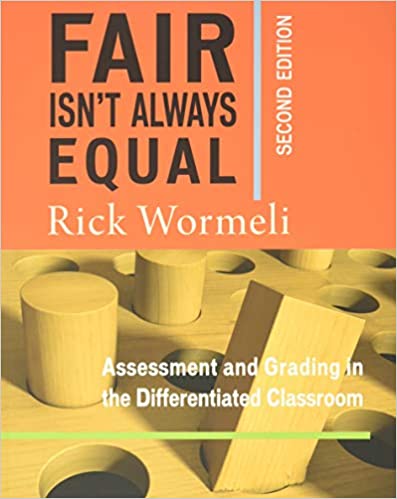
Fair Isn’t Always Equal, 2nd Edition: Assessment & Grading in the Differentiated Classroom by Rick Wormeli
Rick Wormeli is internationally known for his expertise in grading practices. In this updated text, Wormeli reflects on current grading and assessment practices, discusses effective standards-based grading practices, and emphasizes the importance of a cohesive schoolwide vision for assessment. He addresses several grading obstacles and considerations, including: automaticity versus concept attainment, weighting grades, grading late work, redos and retakes, grading students with special needs in inclusion classes, and grading gifted students.